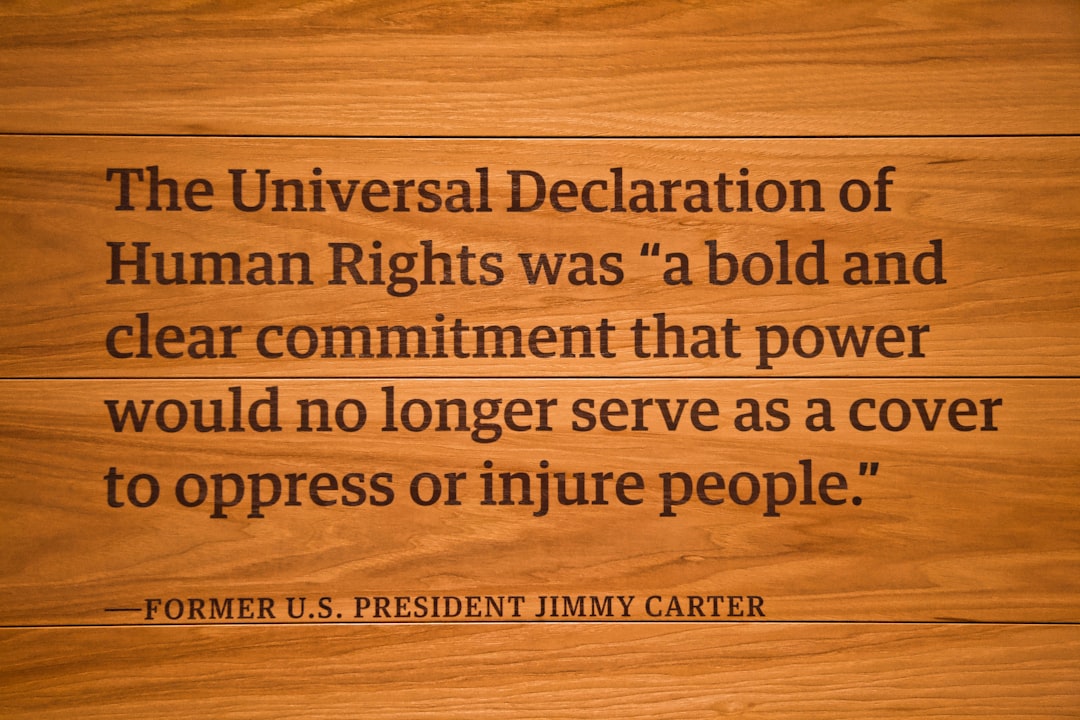What is it about?
The defense of the “purity of the ballot box” has historically bound voting in the United States to a pernicious set of gendered and racial narratives, chief among them the routine depiction of the ballot as a white woman. By paying particular attention to the writings of Paul Laurence Dunbar, Thomas Dixon Jr. and William Faulkner, this essay traces a fixation with electoral purity from its moorings in the post-Reconstruction South to its reemergence in the disputed 2000 Presidential election and its consequences for the doomed Voting Rights Act of 1965.
Featured Image
Why is it important?
By tracing the image of the ballot from the Jim Crow period to the recent overturn of the Voting Rights Act , this article shows how centuries-old assumptions about gender and race continue to inform voting practices that turn American elections. Whether pledging to "purify" the ballot box or to block the mishandling of "pregnant chad," suffrage restrictionists have repeatedly used narratives of white female peril to narrow the U.S. electorate.
Perspectives
As the gutting of the VRA by the Supreme Court in 2013 makes clear, voting rights in the United States have never been secure. By acknowledging and analyzing the stories that Americans tell themselves about the ballot, we can begin to see how such nationals fictions have real effects -- determining who gets to vote and who does not.
Professor Jennie A Kassanoff
Columbia University
Read the Original
This page is a summary of: Pregnant Chad: Gender, Race, and the Ballot, American Literature, September 2015, Duke University Press,
DOI: 10.1215/00029831-3149381.
You can read the full text:
Contributors
The following have contributed to this page










